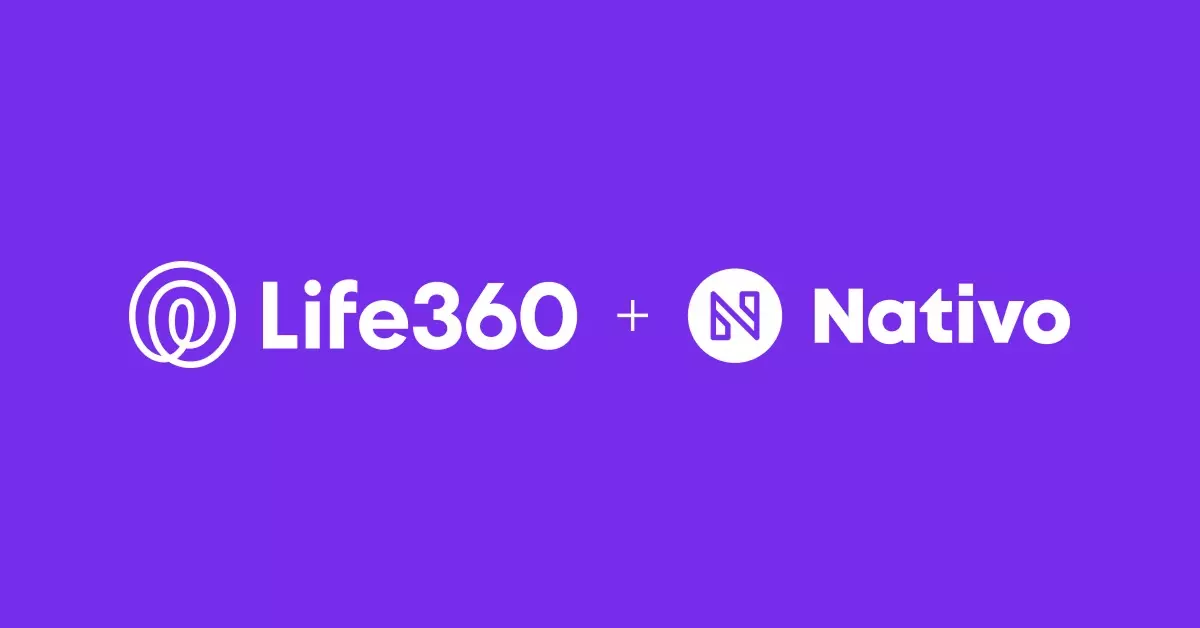Navigating the Digital Landscape: The Difference Between Native Advertising and Content Marketing
.png)
Native advertising and content marketing are pivotal strategies in the digital marketing landscape. Often misunderstood or used interchangeably, they play unique roles in the success of digital campaigns. This blog post aims to demystify these strategies by delving into their essence, highlighting differences, advantages, and optimal usage scenarios. It provides comprehensive insights for marketers, content creators, and businesses seeking to leverage these powerful tools.
Understanding Native Advertising
Native advertising is a form of paid media seamlessly integrated into the user experience. These ads mimic the visual design of the platform they inhabit, appearing as natural content. This approach is less intrusive and more engaging than traditional advertising, aiming to capture the attention of users without disrupting their online experience.
A key aspect of native advertising is its subtlety and seamless integration. Often, users may not immediately recognize these as ads since they blend with the regular content of the platform. Examples include sponsored social media posts, promoted listings on search engines, and sponsored articles on news websites.
The Essence of Content Marketing
Content marketing is a strategic approach focused on creating and distributing valuable, relevant, and consistent content. Its goal is to attract and retain a clearly defined audience, ultimately driving profitable customer action. Unlike native advertising, content marketing is not primarily about selling but establishing trust and rapport.
Content marketing takes various forms, such as blog posts, videos, podcasts, infographics, and eBooks. The emphasis is on providing value, building relationships, enhancing brand awareness, and engaging customers over the long term.
Comparative Analysis: Native Advertising vs. Content Marketing
- Objective and Approach: Native advertising, a paid strategy, focuses on immediate engagement and conversion, with success measured by metrics like click-through rates. Content marketing, an organic approach, aims for long-term relationships and engagement, with success gauged by time spent on page and shares.
- Format and Integration: Native ads blend with existing content, while content marketing creates original content that aligns with the brand's voice and audience interests, without the primary goal of blending in.
- Cost Implications: Native advertising requires a budget for ad placement, offering quick visibility but dependent on funding. Content marketing, though initially resource-intensive, provides sustainable benefits with lower ongoing costs.
- Control and Flexibility: Native advertising offers limited control over user experience and engagement, whereas content marketing allows complete control over content presentation and distribution.
- Audience Perception: Native advertising might be met with skepticism due to its ad-like nature. In contrast, well-executed content marketing is often viewed as more trustworthy and credible, as it prioritizes providing value.
Combining Native Advertising and Content Marketing
Integrating native advertising with content marketing can yield effective results. For example, a compelling blog post (content marketing) can gain wider reach through a sponsored article (native advertising). This synergy allows for immediate visibility (native advertising) and long-term audience engagement (content marketing).
Advantages of Each Strategy
- Native Advertising: Immediate visibility, targeted reach, and quick conversions.
- Content Marketing: Long-term trust, brand authority, improved SEO, and customer loyalty.
Best Practices for Each Strategy
- Native Advertising: Align ad content with the platform's style and audience’s interests; maintain transparency about its nature.
- Content Marketing: Focus on quality, relevance, and consistency; deeply understand your audience to create problem-solving content.
Native advertising and content marketing, while distinct, can complement each other effectively. A nuanced understanding enables marketers to leverage their unique advantages. Balancing these approaches can create a powerful, holistic digital marketing strategy for both short-term gains and long-term growth.
Expanding the Digital Marketing Toolbox
The digital marketing landscape is continually evolving, with new platforms and technologies emerging. Understanding and adapting to these changes is crucial for marketers. In this context, the roles of native advertising and content marketing become even more significant. They not only cater to current consumer behaviors but are also adaptable to future trends.
Future Trends in Native Advertising and Content Marketing
As we look towards the future, native advertising and content marketing are poised to evolve. For instance, the increasing use of artificial intelligence and machine learning in creating personalized ad experiences, or the growing importance of video content in content marketing strategies, are trends to watch. Marketers who stay ahead of these trends and continuously adapt their strategies will find greater success in an increasingly digital world.


.jpg)

